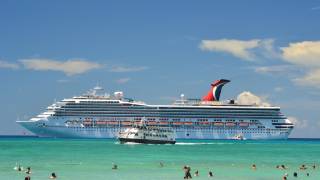Norovirus Cases Peak in Japan

According to recent data from Japan's public health institute, the number of infectious gastroenteritis cases caused by norovirus and other pathogens in Japan has reached the highest level in ten years.
As of mid-March 2025, there were 34,609 norovirus cases reported by the National Institute of Infectious Diseases.
According to Japan's Ministry of Health, Labor and Welfare, most reported cases of infectious gastroenteritis are viral, primarily affecting infants and school-age children.
Like "infectious diarrhea" in Western terminology, norovirus is classified as a causative pathogen and a foodborne infection.
Historically, norovirus cases in Japan are detected in early winter, peak in December due to viruses like RSV, have a smaller peak in spring associated with rotavirus, and continue into early summer.
Bacterial infections, such as Vibrio parahaemolyticus, are more common in summer.
In summary, the Ministry says these infections can be categorized as sporadic or epidemic diseases in the region or as part of foodborne infectious diseases.
The U.S. CDC says norovirus is the leading cause of vomiting and diarrhea from acute gastroenteritis and stomach inflammation among people of all ages in the U.S.
Norovirus causes 58% of foodborne illnesses acquired, resulting in about 900 deaths, mostly among adults aged 65 and older, each year.
Furthermore, the CDC has reported 12 norovirus outbreaks on cruise ships. In 2024, 18 norovirus outbreaks were confirmed on U.S.-based cruises.
As of March 28, 2025, the U.S. government has not approved a norovirus vaccine for commercial use.
Our Trust Standards: Medical Advisory Committee























